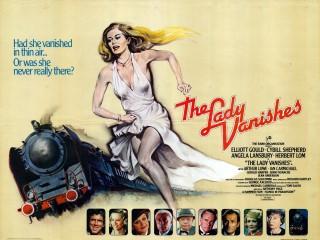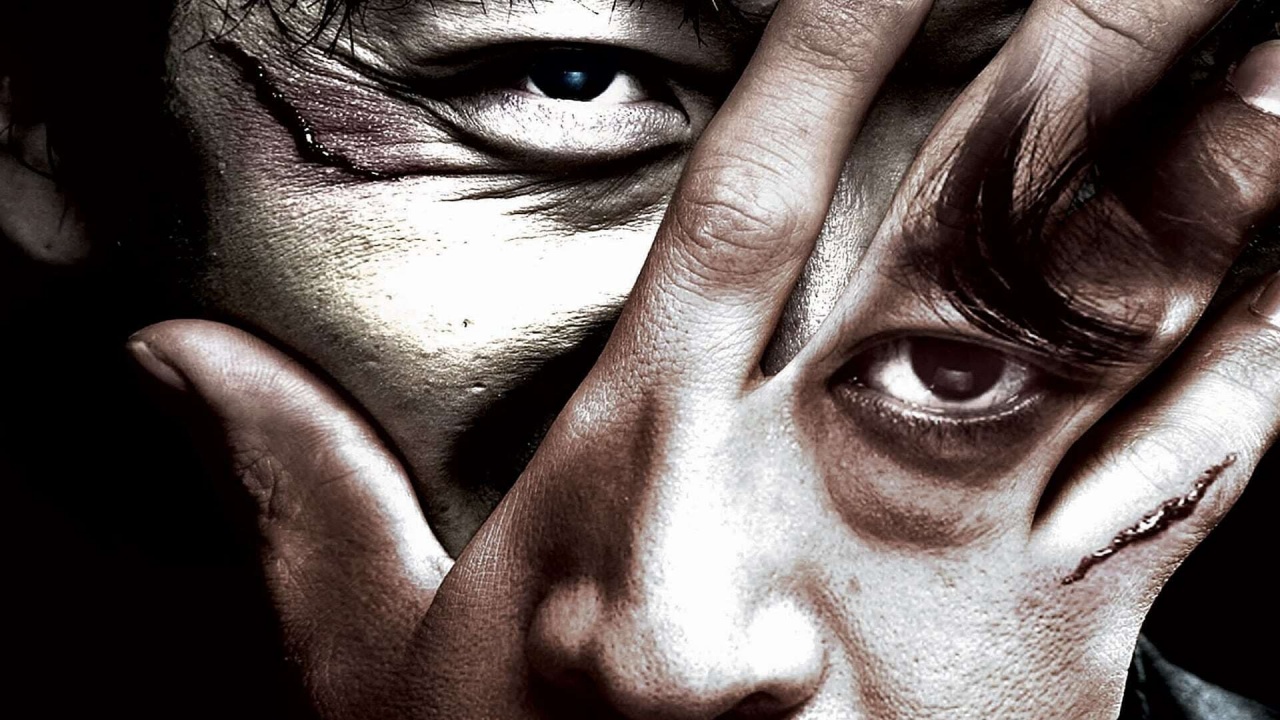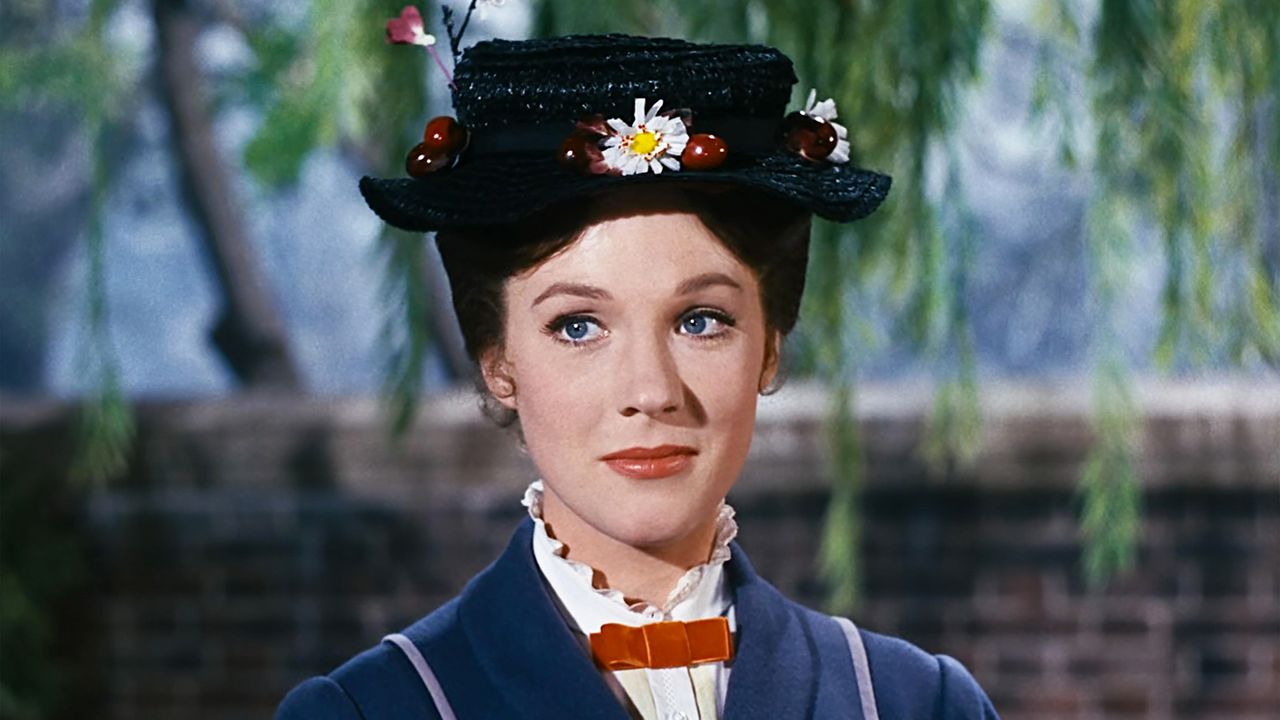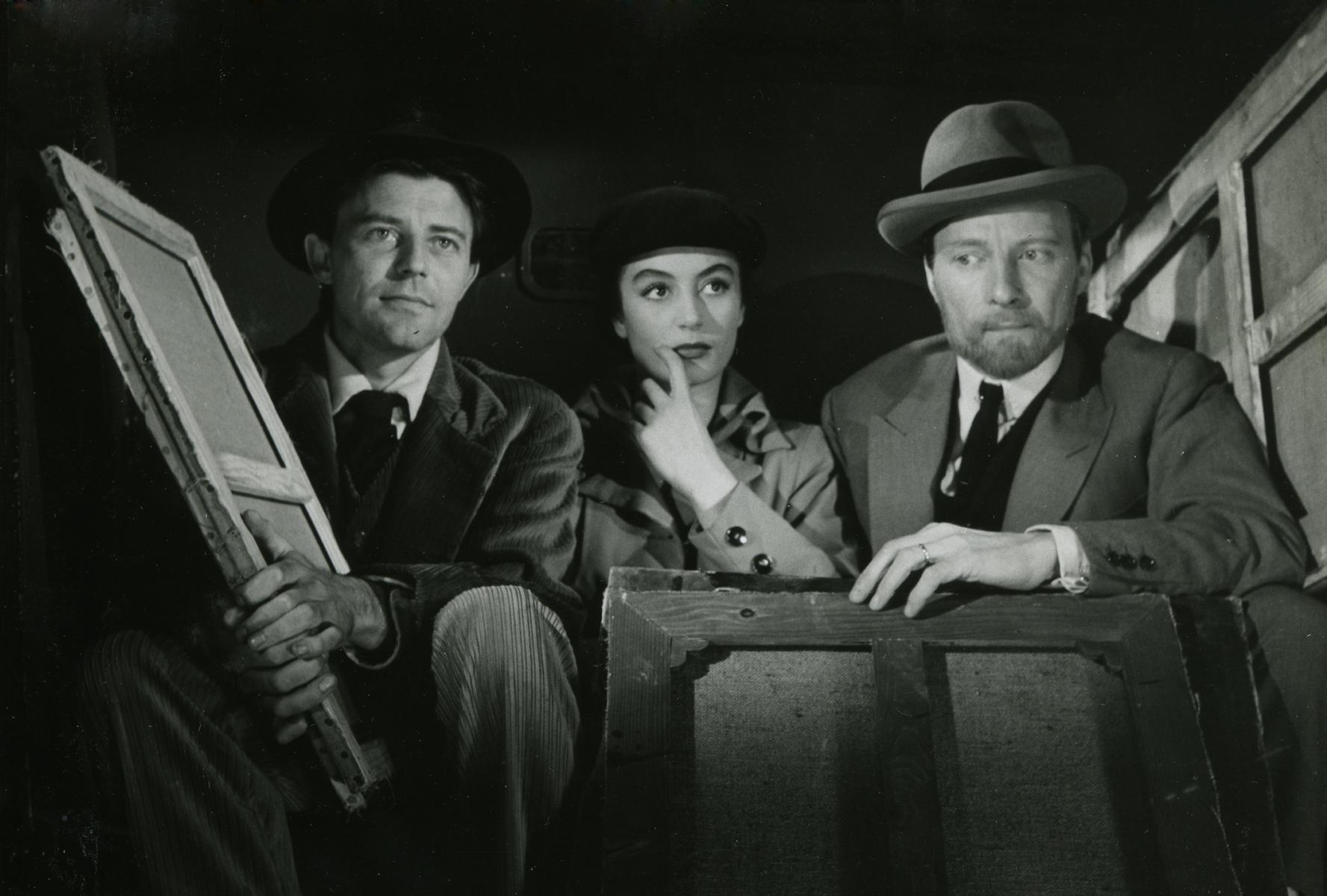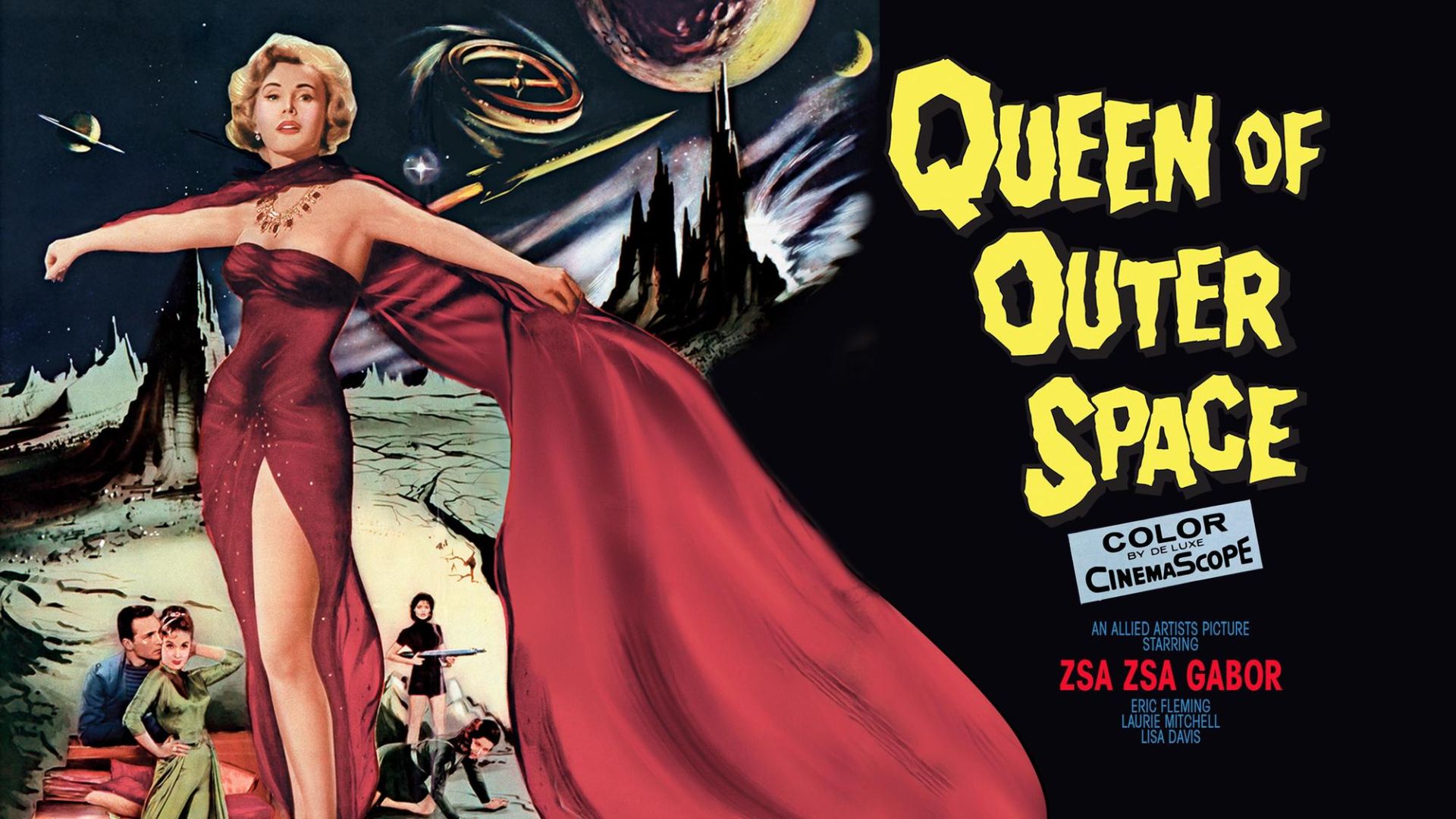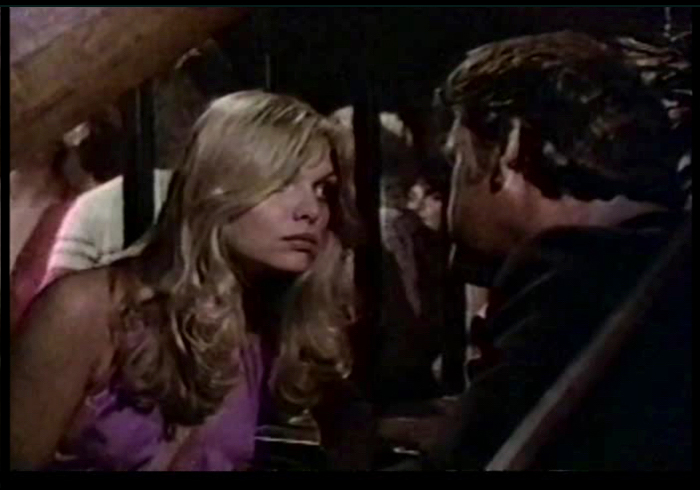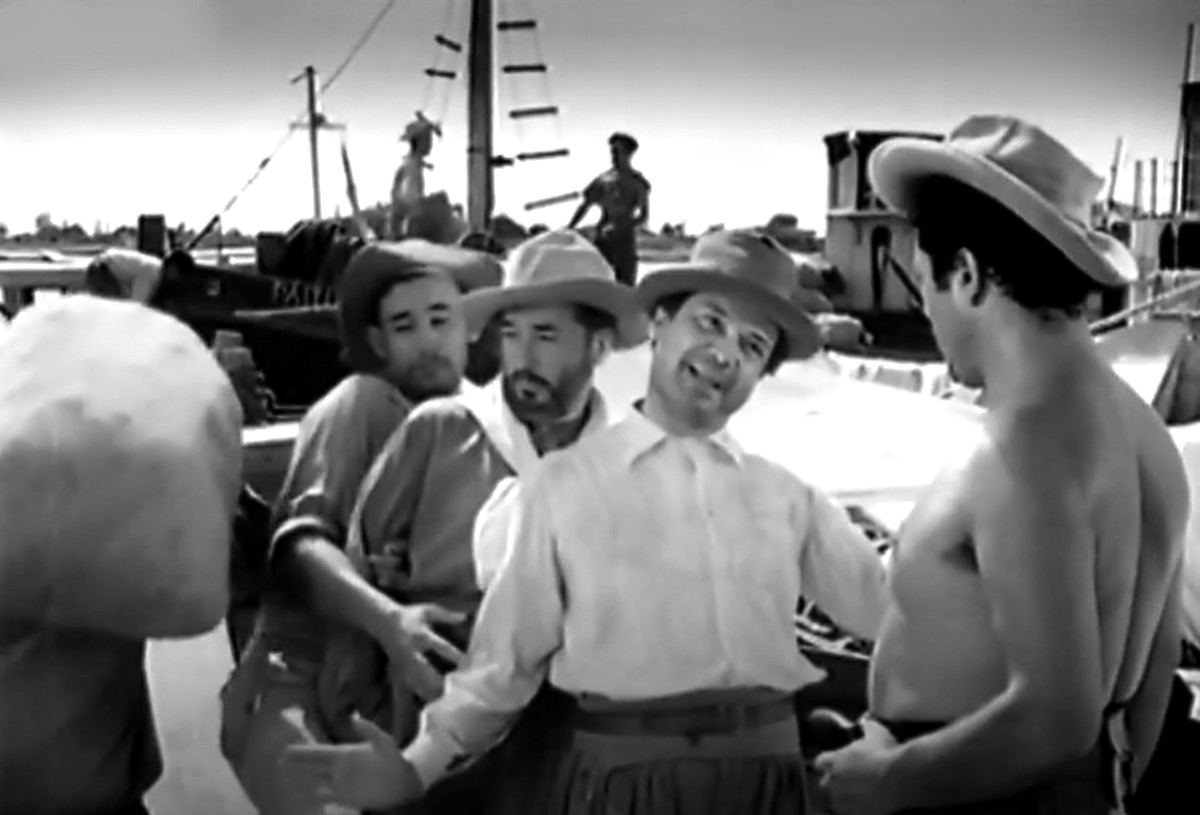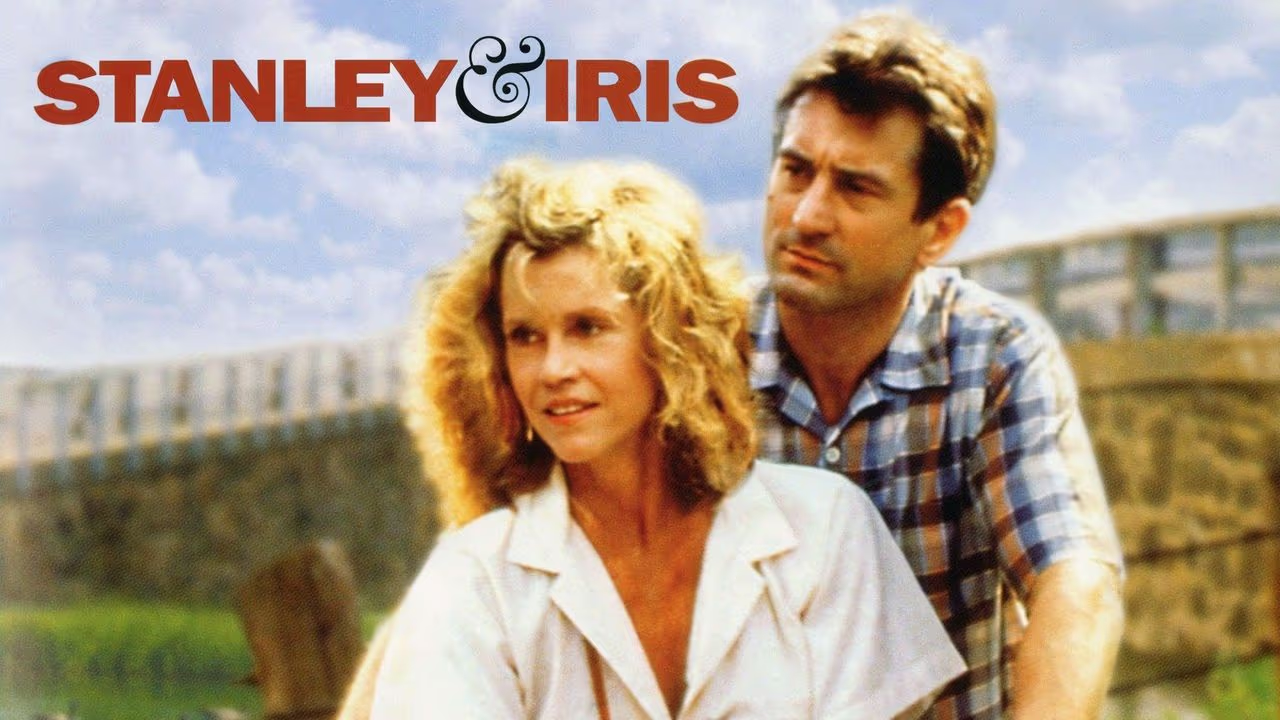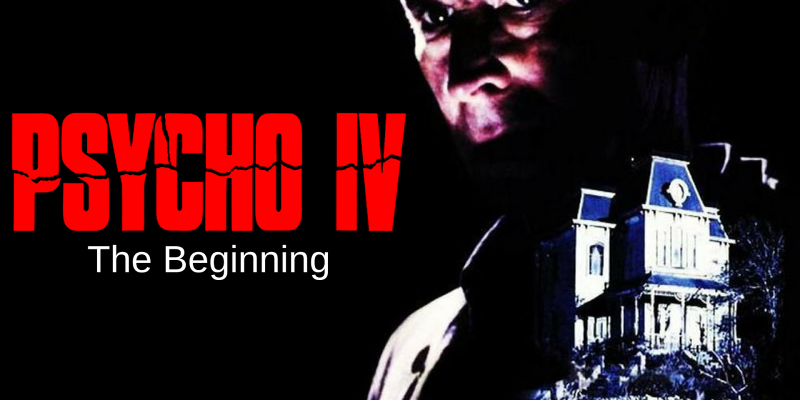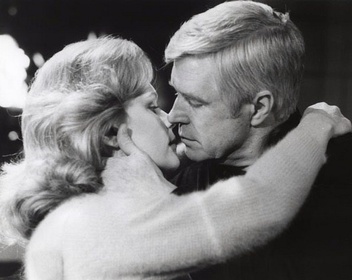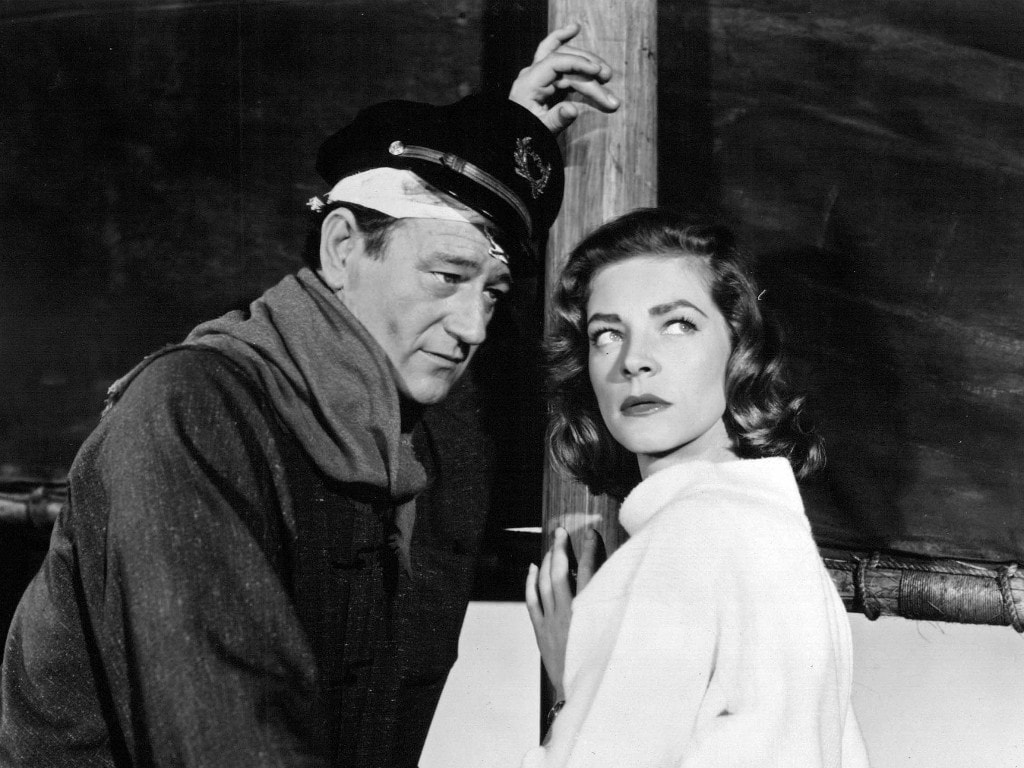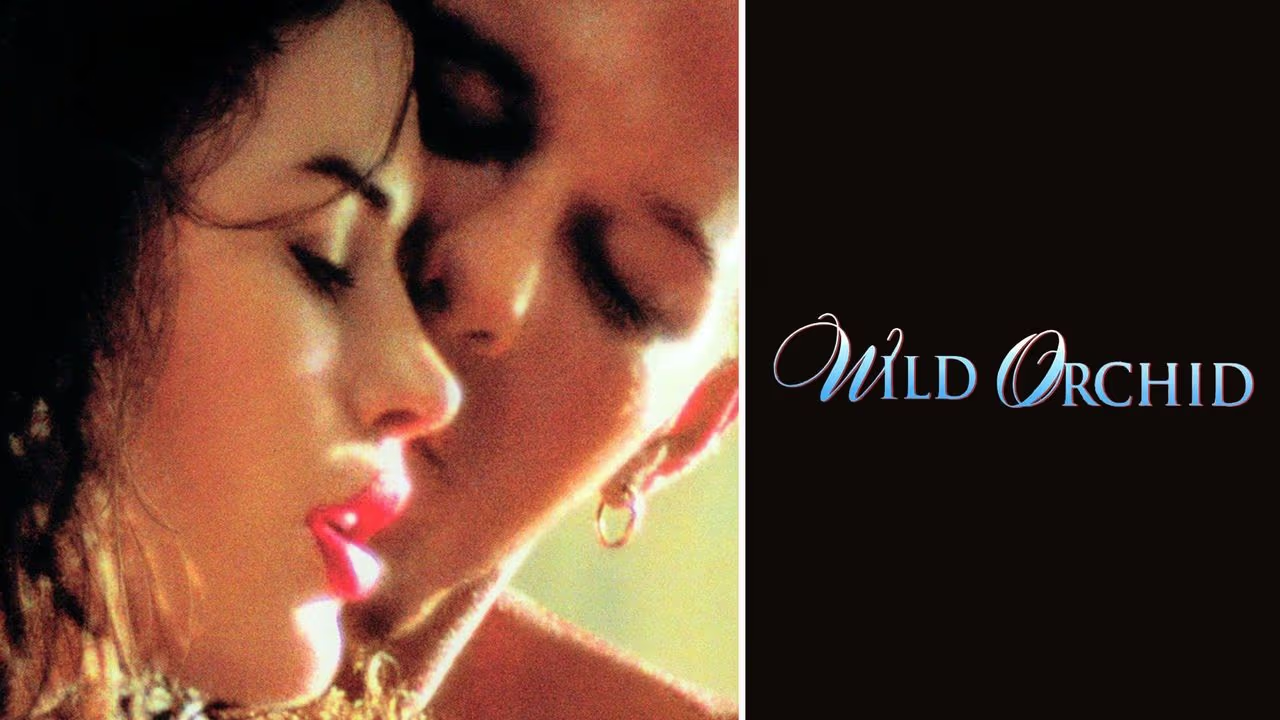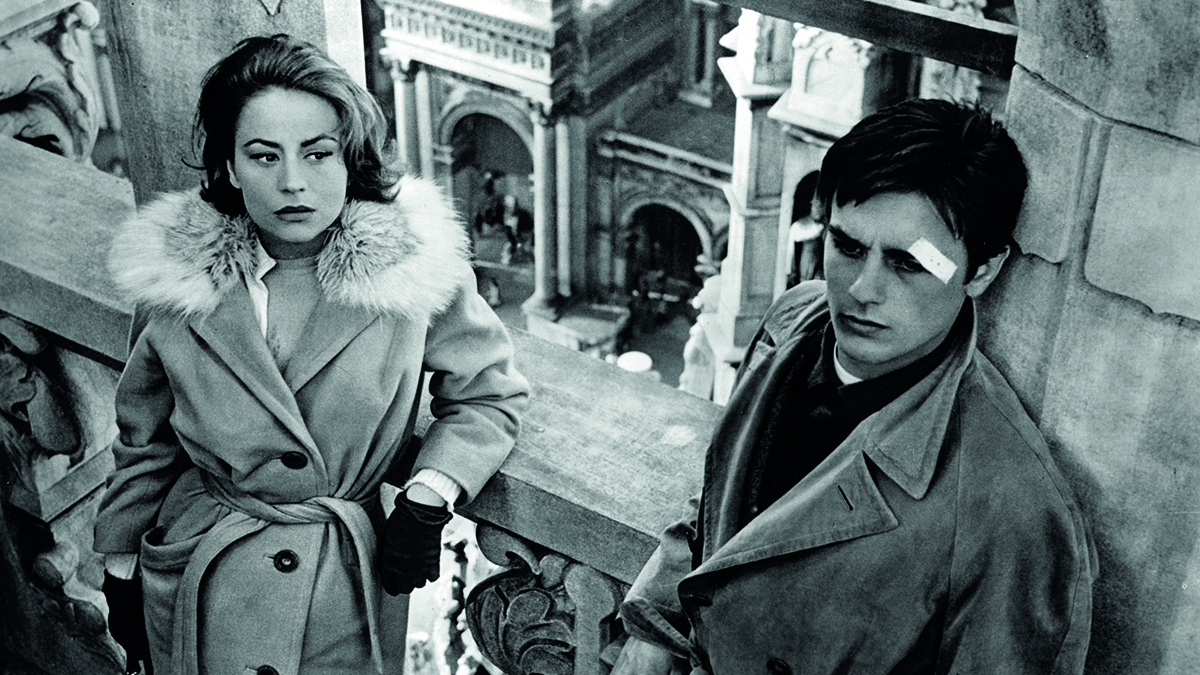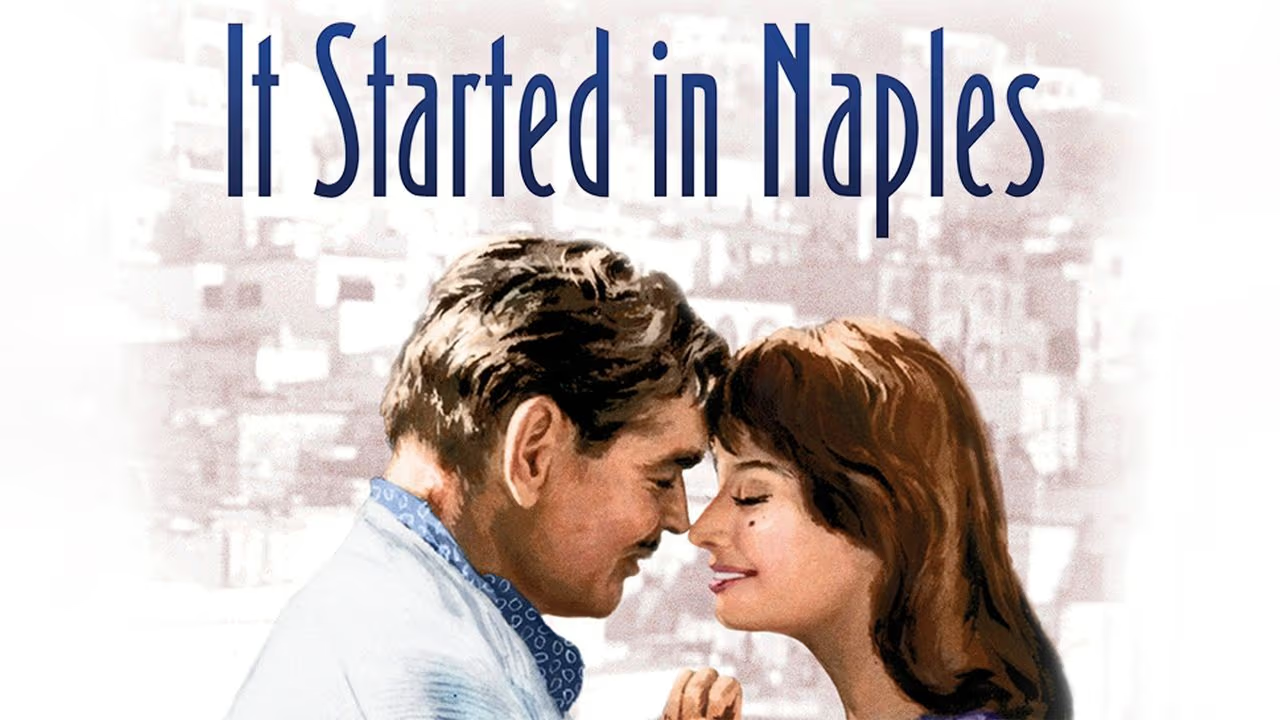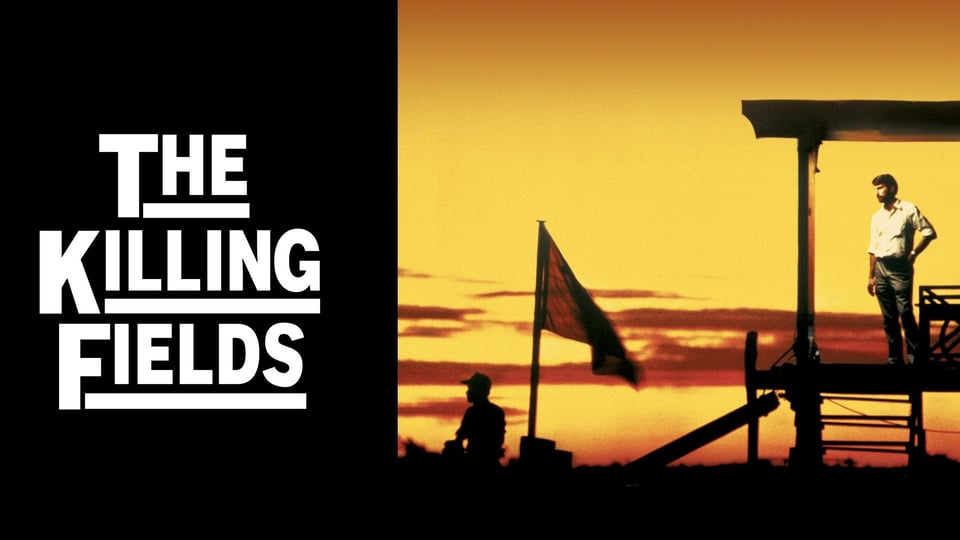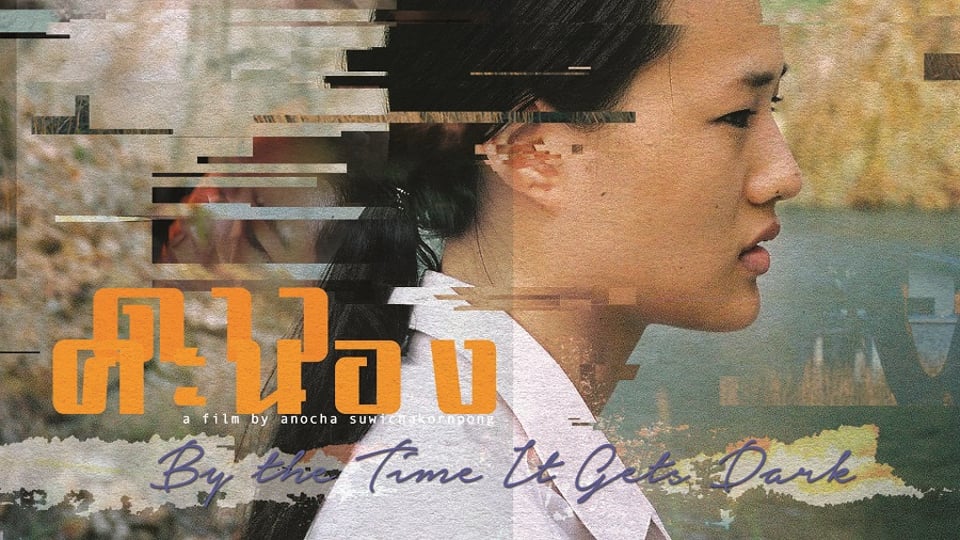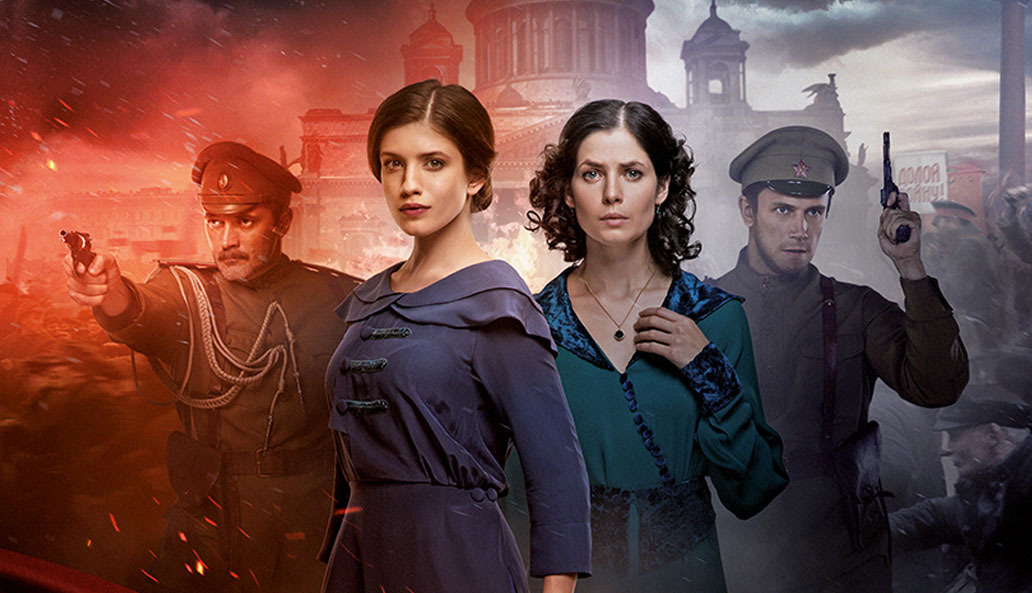goldengaterestaurantphoenix.com – The Lady Vanishes, released in 1979, is a British mystery thriller and a remake of Alfred Hitchcock’s 1938 classic film of the same name. Directed by Anthony Page and starring Elliott Gould, Cybill Shepherd, and Angela Lansbury, this version brings the story of intrigue, espionage, and vanishing passengers aboard a European train to a new audience. Though it attempted to revive the suspenseful tone of the original, the 1979 remake is often remembered for its more lighthearted and comedic take on the story, offering an entertaining—if less suspenseful—retelling of the beloved Hitchcock classic.
A Classic Tale of Disappearance and Deception
The story of The Lady Vanishes centers around a young woman named Amanda Metcalf-Midvani-Von Hoffsteader (Cybill Shepherd), an American socialite traveling by train across pre-World War II Europe. Amanda is returning to England with her new friends after a skiing holiday. During the journey, she befriends an elderly English governess, Miss Froy (Angela Lansbury), who mysteriously vanishes without a trace in the middle of the trip.
Amanda becomes increasingly alarmed when none of the other passengers seem to remember Miss Froy or acknowledge that she ever existed. Determined to uncover the truth, Amanda teams up with a brash American photographer named Robert Condon (Elliott Gould), and together they embark on a tense investigation to unravel the mystery behind the disappearance. As they dig deeper, they uncover a dangerous conspiracy involving international spies and political intrigue, with Miss Froy playing a key role.
Lighter Tone and Star Power: Elliott Gould and Cybill Shepherd Lead the Cast
While the original The Lady Vanishes is known for its tension-filled atmosphere and sharp Hitchcockian suspense, the 1979 remake takes a slightly different approach. Elliott Gould and Cybill Shepherd bring a more modern, comedic edge to their roles as the unlikely duo of investigators. Gould’s Robert is a wisecracking, somewhat cynical American who reluctantly gets involved in the mystery, while Shepherd’s Amanda is portrayed as a confident and determined woman, adding a touch of glamor and charm to the proceedings.
The chemistry between Gould and Shepherd gives the film a playful tone that contrasts with the more serious undertones of the espionage plot. Their banter and lighthearted approach to the investigation provide a sense of fun and levity, making the film feel more like an adventure caper than a dark thriller. This shift in tone was both praised and criticized, with some viewers enjoying the updated dynamic while others felt it lacked the taut suspense of Hitchcock’s original.
Angela Lansbury as Miss Froy: A Memorable Supporting Performance
Angela Lansbury, known for her diverse acting career and later for her role in Murder, She Wrote, takes on the key role of Miss Froy, the elderly woman whose disappearance drives the film’s central mystery. Lansbury brings a warm and slightly eccentric quality to the character, making her disappearance all the more puzzling. Her performance as the seemingly harmless governess with a hidden agenda is one of the highlights of the film, adding a layer of intrigue to the plot.
Although Lansbury’s screen time is limited due to the nature of the character’s vanishing act, her presence looms large throughout the film. Miss Froy is not just a helpless victim; she becomes a symbol of the deeper political machinations at play, tying the personal mystery to the broader themes of international espionage and pre-war tensions.
Visual Style and Setting: A Nod to Hitchcock’s Influence
The 1979 remake attempts to capture the charm and visual style of Hitchcock’s original, with much of the action taking place aboard the claustrophobic confines of a train. The film makes use of the classic visual motifs of suspense thrillers—narrow corridors, shadowy figures, and sudden shifts in tone as the truth behind Miss Froy’s disappearance comes to light.
While the visual style stays true to the original’s roots, the film doesn’t quite achieve the same level of psychological tension that Hitchcock masterfully created. Anthony Page’s direction is more focused on the adventure and mystery aspects of the story, leaning into the lighter, more comedic elements rather than building an atmosphere of paranoia and fear.
Espionage and Political Context: A Pre-War Europe in Flux
One of the key themes of The Lady Vanishes is the looming threat of war in Europe. Set in the late 1930s, just before World War II, the film subtly weaves in the political tensions of the time, with international espionage playing a significant role in the plot. Miss Froy’s disappearance is not just a personal mystery but a symbol of the dangerous games being played by rival nations on the brink of conflict.
The film touches on issues of trust, betrayal, and the hidden agendas of those in power, themes that resonate in the context of a world on the verge of war. However, in this version, these political undertones are somewhat overshadowed by the lighter, comedic elements of the story, making them less central to the overall narrative than in Hitchcock’s original.
Mixed Reception and Legacy: A Fun, If Flawed, Remake
Upon its release, the 1979 version of The Lady Vanishes received mixed reviews from critics and audiences. Many praised the film’s star-studded cast, particularly the chemistry between Gould and Shepherd, as well as Angela Lansbury’s performance. The lighthearted tone and comedic elements were appreciated by some viewers who enjoyed the film as an entertaining mystery caper.
However, others felt that the remake fell short of the original’s suspense and tension. The decision to play up the comedic aspects was seen by some as a detriment to the film’s mystery and intrigue. As a result, the 1979 version of The Lady Vanishes did not achieve the same critical acclaim or lasting cultural impact as Hitchcock’s classic.
Despite its flaws, the film remains a fun and engaging watch for fans of mystery and adventure. Its blend of espionage, international intrigue, and light comedy gives it a unique flavor within the genre, even if it doesn’t quite live up to the standards set by its predecessor.
Conclusion: A Lighthearted Take on a Classic Mystery
The Lady Vanishes (1979) may not be a masterpiece on par with Hitchcock’s original, but it offers an entertaining and accessible retelling of the classic story. With strong performances from Elliott Gould, Cybill Shepherd, and Angela Lansbury, the film captures the spirit of adventure and mystery, even if it lacks the psychological depth and suspense of the 1938 version. For those looking for a lighter, more comedic take on a classic mystery, the 1979 The Lady Vanishes provides an enjoyable cinematic experience.
